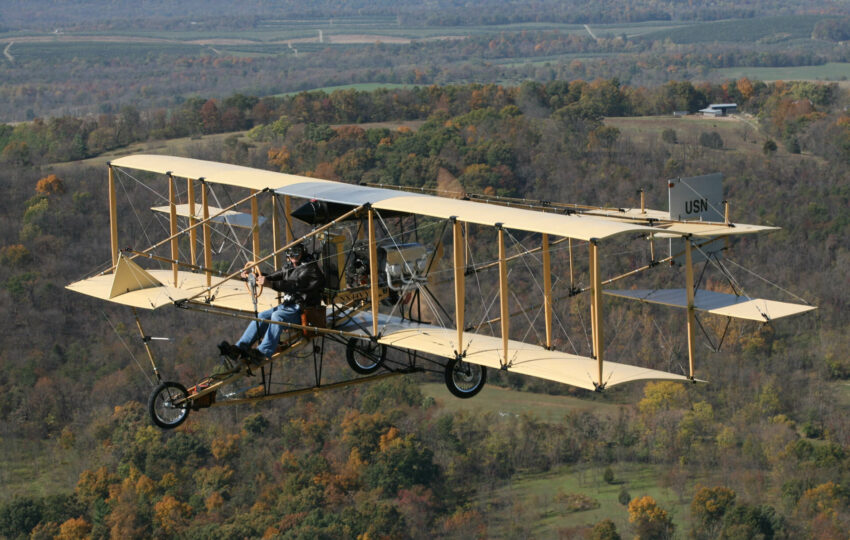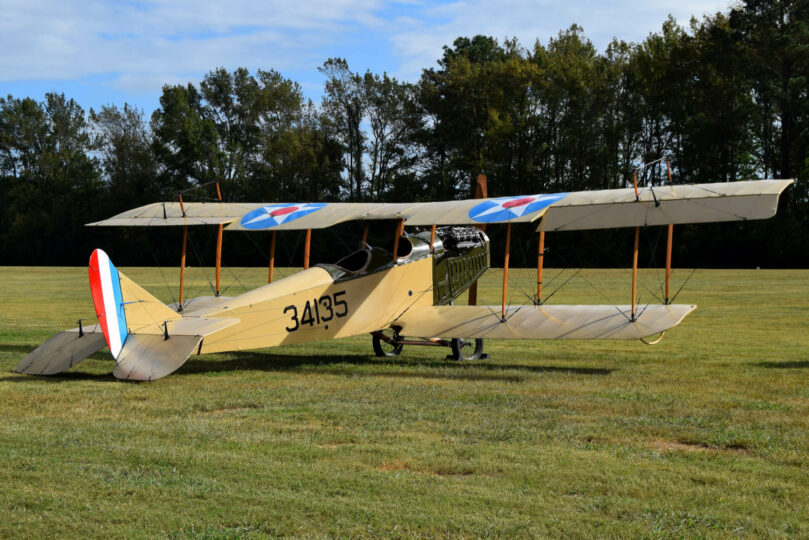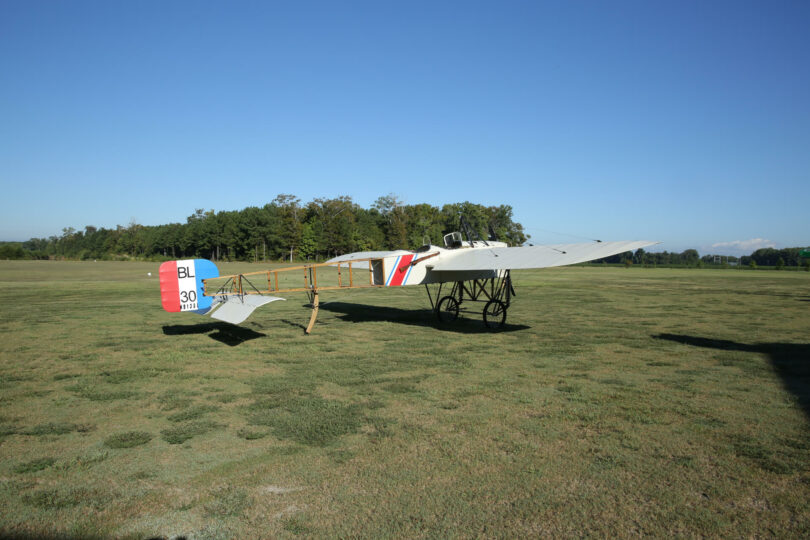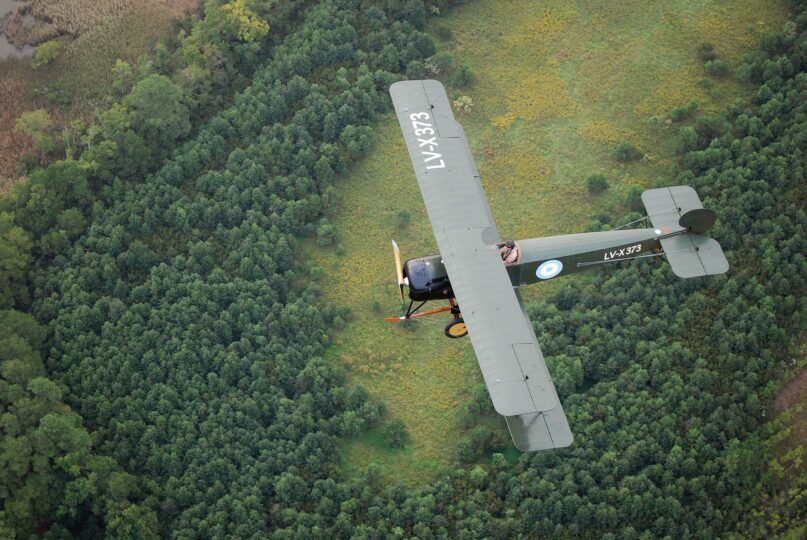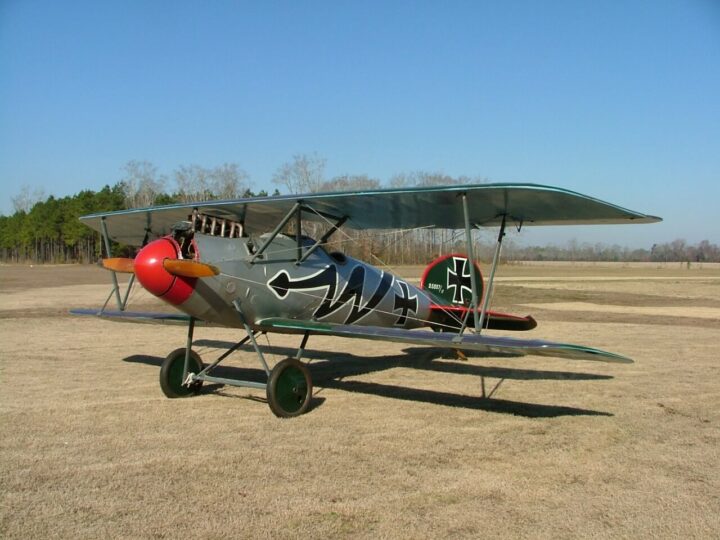Flying the “Hudson Flier”, a Type I machine, Ely took off from a temporary platform erected over the bow of the light cruiser USS Birmingham on 14 Nov 1910, landing at Willoughby Spit, Norfolk. Later, on 18 Jan 1911, Ely landed a Curtiss Pusher D, Type IV Military, on a temporary platform erected on the…
As it can be said that Ford put America on the road with his affordable Model-T, so too Curtiss put America in the air with his JN-4 Jenny. The term “Jenny” originated as a logical corruption of the model designation JN, followed by an open number 4 (Ϥ) being read as a “Y” and leading…
Artillerie belies its name as the two-seat artillery spotting version of the Bleriot with a larger 80hp Gnome engine. It was easy to disassemble for transport. Developed before the Great War, America’s 1st female pilot, Harriet Quimby died in a crash of her Bleriot XI-2 Artillerie in July 1912. Escadrille Number 3 (BL 3) which…
Designed by A.V. Roe & Company, this two-place rotary powered (80-hp Gnome Lamda 7–cyl) tractor biplane debuted in September 1913 with the Royal Flying Corp and Royal Naval Air Service as a multi-purpose observation aircraft. The Avro 504 achieved three “firsts” during its short, frontline combat service: (1) First British aircraft shot down by enemy…
Early Albatros fighters (D.I-D.III) were the first fighters powered by 160-hp Mercedes in-line engines which gave them the power to carry two 7.92mm synchronized machine guns. These proved superior to all other Western Front one-gun fighters from autumn 1916 until May/June 1917. Albatros fighters were sent first to specialized squadrons of one-seat scout fighters that…
- « Previous
- 1
- 2

